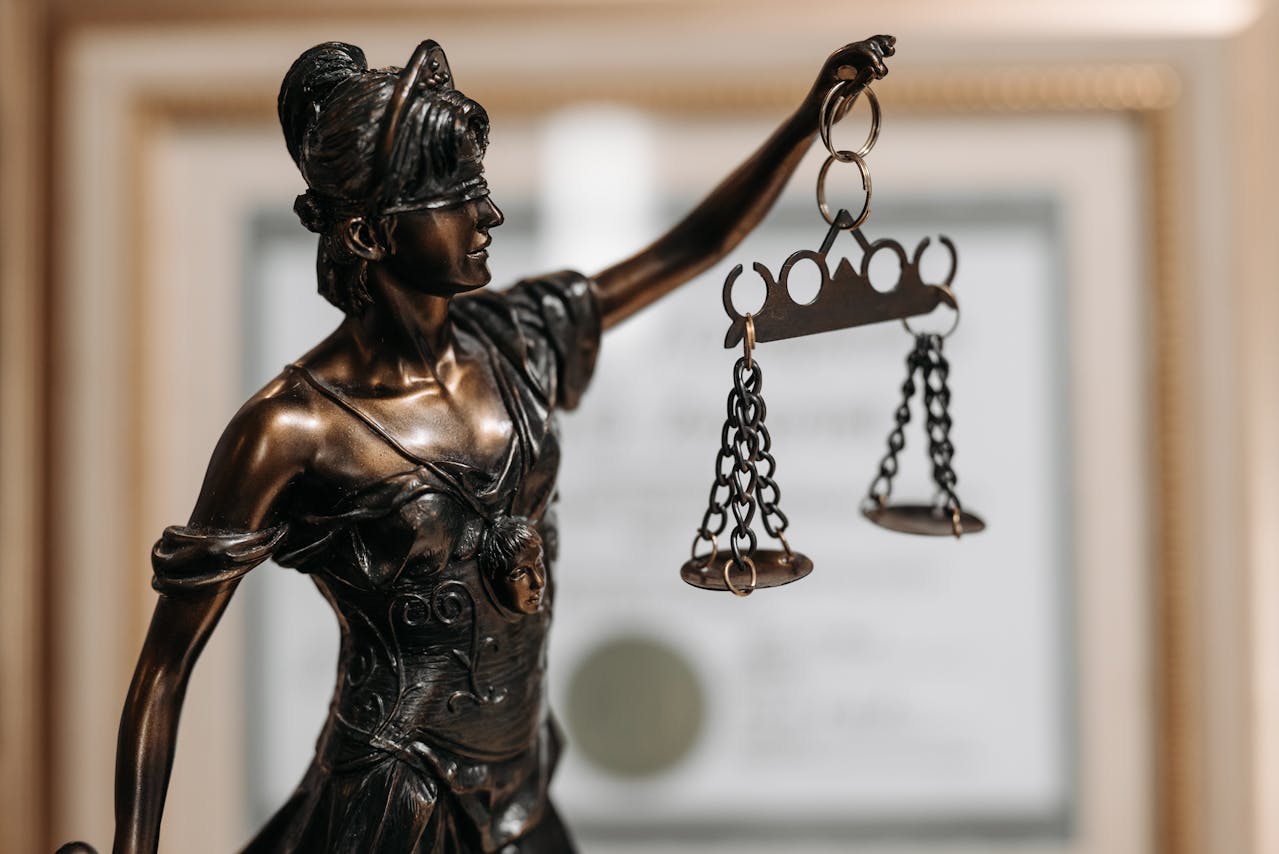Intellectual Property Law Essentials: Protecting Your Innovations
This article dives into the fundamentals of intellectual property law, exploring the types of protections available and the steps to secure rights for innovations and creations.
Intellectual property (IP) law provides legal protection for creations of the mind, such as inventions, designs, symbols, and works of art. IP rights encourage innovation by granting creators exclusive rights to their work for a limited time.
1. Patents
Patents protect inventions, giving inventors the right to exclude others from making, using, or selling their inventions. To receive a patent, an invention must be new, non-obvious, and useful. The patent application process involves a detailed description of the invention and is reviewed by the patent office for eligibility. Once granted, a patent typically lasts 20 years.
2. Copyrights
Copyrights protect original works of authorship, such as literature, music, and visual art. Copyright owners have the exclusive right to reproduce, distribute, and display their work. Copyright protection typically lasts for the life of the author plus 70 years, although corporate works may have a different duration.
3. Trademarks
Trademarks protect symbols, names, and slogans that identify and distinguish products or services. Unlike patents and copyrights, trademarks can last indefinitely as long as they are actively used and renewed. Trademark owners have exclusive rights to prevent others from using similar marks in ways that could confuse consumers.
4. Trade Secrets
Trade secrets include proprietary processes, formulas, or designs that give a business a competitive edge. Unlike patents, trade secrets are not registered; instead, businesses must actively safeguard this information to maintain protection. Famous examples include the Coca-Cola recipe and Google’s search algorithm.
5. Enforcing IP Rights
Enforcing IP rights involves legal proceedings to prevent infringement. Patent holders, for instance, may file lawsuits against unauthorized users of their inventions, while copyright owners can issue cease-and-desist letters. With the rise of digital content, copyright enforcement has become increasingly complex, leading to the development of digital rights management (DRM) technologies.
Related Articles

Conducting a Legal Audit: Ensuring Compliance and Risk Management
This article provides a step-by-step guide to conducting a legal audit, covering the importance of compliance checks and...

Fundamentals of Legislative Drafting
This article offers an introduction to legislative drafting, covering key principles and techniques used to ensure clear...

Landlord and Tenant Law: Rights and Responsibilities
This guide covers the essential rights and obligations of both landlords and tenants in rental agreements, aiming to pro...

